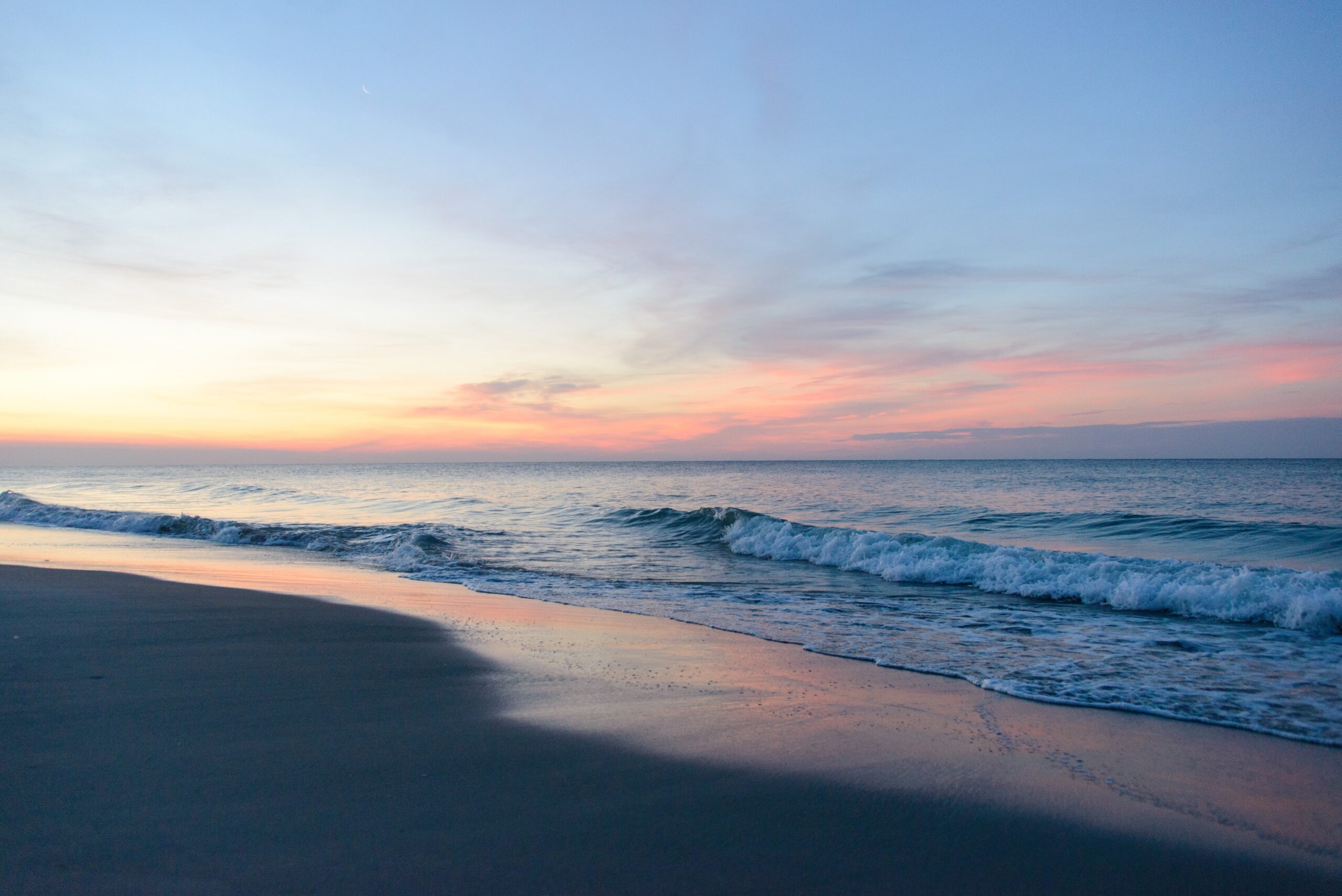The Huntingtons set sail for the West Indies in 1930, originally departing from their home in Connecticut, and they stopped at the port at Georgetown, South Carolina for supplies. During that visit, they acquired four conjoined rice plantations: Brookgreen, Laurel Hill, The Oaks, and Springfield.
Archer Milton Huntington was the stepson of Collis P. Huntington, a transportation tycoon who built the Southern Pacific Railway and ran several steamship lines. He was one of America’s 12 richest men, and money was no object in the creation of Atalaya and Brookgreen Gardens.
Archer brought in Atalaya’s construction materials during the Great Depression via the railroad dock in Georgetown. From there they traveled up the Waccamaw River by tugboat, the first-class passage for first-class merchandise.
The Huntingtons were far too cosmopolitan to even consider this untamed wilderness as a possible permanent full-time residence. They were interested in creating a southern refuge they could retreat to during the winter months, where the beach was close at hand, where Anna could continue to recover from tuberculosis, and where they could design and landscape a natural setting suitable for Anna’s sculpture.
Tales of visits from the rich and powerful abound in connection with Atalaya, but despite fabulous luxury and titillating amusements the couple stopped coming every summer and showed up less and less often as they grew older. Their last stay in their grand castle was sometime in the late 1940s. After Archer’s death, all the furniture and art were moved to their northern home.
Archer died in 1955 at age 86, and Anna died in 1973 at age 98. Her sculptures have been all over the world, almost as well-traveled as the sculptress herself. Today Atalaya is open to the public during the summer season and hosts art and craft shows in the spring and fall.
A SCULPTURE SHOWCASE
While Archer built his castle, he gave his wife ten million dollars to bring to life her vision of a sculpture garden. Anna sketched her preliminary landscape design in a butterfly shape. Certain features of the old Brookgreen Plantation she kept intact, in keeping with her announcement that she wished to retain the flavor of an 18th-century rice plantation. She retained the oak-lined avenue and she refurbished an old kitchen created and used by Joshua John Ward.
Now here was another interesting tidbit of history, and the Huntingtons were always hugely in favor of that. Ward was born at Brookgreen in 1800 and discovered big-grain rice, a high-yield strain. In 1840 he used seed from one single ear to yield 49 bushels of “clean rice.” The following year it was 1,170 bushels, and it increased exponentially from there. His biggest yield came in 1850 when he produced 3,900,000 pounds of rice, the largest yield in the district.
This achievement was not without its major drawbacks. Ward was one of the largest slaveholders in the region with more than 1,000 slaves, and he was known to be a cruel taskmaster. For example, he did not allow women to straighten up as they bent over, from the beginning to the end of a row.
The kitchen garden still contained boxwoods that dated back to the Wards, and in the area now known as Live Oak Allee 300-year-old live oak trees tower over plants, walkways, and statuary, planted back in the 1700s long before the dark days of Joshua John Ward.
BUCKING THE TRENDS
Anna launched a search for a skilled gardener, and she found Frank G. Tarbox through Clemson University. Tarbox was utterly devoted to native plants despite a horticultural trend increasingly devoted to importing rare and exotic plants from all parts of the globe. His concern was not about plant diseases and invasive plant species; but that native plant species simply thrive the best in their native soil, already well adapted to South Carolina sunshine and rainfall.
Tarbox searched the woods for prime specimens to add to his garden, and in the process encountered wild boars and deer in the forest and alligators in the marshlands. Anna went about sculpting and curating the statues that would reside among Tarbox’s plantings, and she molded her collection to suit the type of figurative, realistic sculpture of the animal and human forms that she herself created.
“We are classicists,” explained Archer Huntington, at a time when the art world was retreating from realism and headed off in the directions of Picasso’s cubism, Duchamp’s Dadaism, and the Bauhaus’s Surrealism. Classicist meant not only traditional statuary recalling the golden age of Rome and Athens, but also themes of classical mythology and classical literature, the gods and goddesses of antiquity, surrounded by a paradise of reflecting pools and flowing fountains.
The end result was a sprawling display that features a collection of bronze and marble sculptures that have inspired awestruck visitors for years and will continue to do so for years to come.



